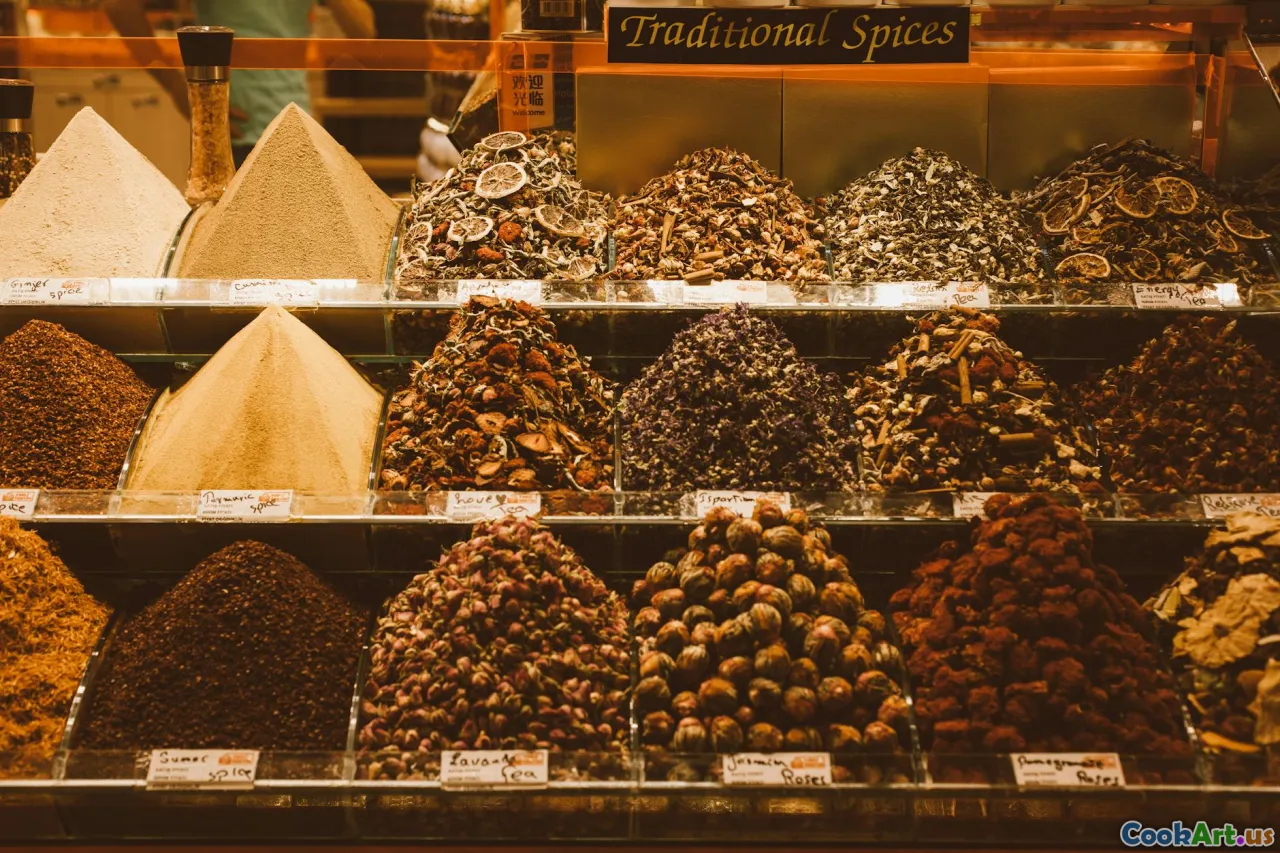A Taste of Tradition: Global Dishes
6 min read Explore traditional global dishes that tell the story of cultures through flavors, techniques, and history. April 10, 2025 23:00
A Taste of Tradition: Global Dishes
In the vast tapestry of global cuisine, traditional dishes serve as a delicious thread that weaves together the stories, cultures, and histories of people worldwide. Each bite is a glimpse into the past, echoing generations of culinary knowledge and local ingredients. From the rich spices of Indian curries to the comforting warmth of Italian risottos, traditional global dishes not only nourish but also connect us to the essence of the cultures they originate from.
The Significance of Tradition in Cuisine
Every culture has its own unique dishes, often passed down through families and generations. These recipes reflect not only the ingredients available in a region but also the customs, values, and traditions of its people. Traditional cooking methods, from slow-cooking to fermentation, add depth and character to these dishes, making them not just meals but experiences.
Cultural Heritage on a Plate
-
Italian Risotto - This creamy rice dish is rooted in Northern Italy, where Arborio rice thrives. Traditionally cooked with broth, onions, and a splash of wine, risotto showcases the Italian philosophy of simplicity and quality ingredients. The slow stirring technique allows the rice to release its starch, creating a luscious texture.
-
Japanese Ramen - Originating in China before being embraced and adapted by Japan, ramen has become a staple of Japanese cuisine. Each region boasts its own variation, from the rich, pork-based tonkotsu of Fukuoka to the soy-sauce flavored shoyu of Tokyo. The art of crafting the perfect bowl of ramen lies in the harmony of broth, noodles, and toppings.
-
Indian Biryani - This fragrant rice dish reflects India’s diverse culinary landscape. Biryani is typically made with marinated meat (or vegetables), layered with spiced rice, and cooked in a sealed pot to allow flavors to meld. The dish varies greatly from region to region, with each version telling a story of local spices and techniques.
-
Moroccan Tagine - Named after the earthenware pot in which it’s cooked, tagine is a slow-cooked stew that marries sweet and savory flavors. Utilizing spices like saffron, cumin, and cinnamon, this dish is a representation of Morocco’s rich history of trade and cultural exchange.
-
Mexican Mole - A complex sauce often served with poultry, mole encompasses a variety of ingredients, including chilies, nuts, seeds, and chocolate. This dish is a testament to Mexico’s indigenous and colonial influences, showcasing the depth of flavors that can be achieved through traditional techniques.
Cooking Techniques that Preserve Tradition
Cooking techniques play a crucial role in creating traditional dishes. Techniques such as grilling, fermenting, and slow-cooking often enhance the flavors and textures of the ingredients used.
- Fermentation: Used in dishes like Korean kimchi and Japanese natto, fermentation not only preserves food but also develops unique flavors and health benefits.
- Grilling: A popular method in Mediterranean and South American cuisines, grilling imbues meats and vegetables with a smoky flavor while retaining their juiciness.
- Slow-Cooking: Dishes such as French coq au vin and Southern gumbo rely on slow-cooking to deepen flavors and create tender textures.
The Cultural Importance of Traditional Dishes
Traditional dishes often hold significant cultural importance, serving as a means of celebration, remembrance, and identity. Festivals, religious ceremonies, and family gatherings frequently center around the preparation and sharing of these meals. For instance, the communal aspect of cooking and eating traditional foods fosters connection and reinforces cultural ties.
Conclusion
Exploring traditional global dishes offers a culinary journey that transcends borders. Each dish tells a story, revealing the cultural heritage and culinary wisdom of its people. As we savor these flavors, we not only indulge our palates but also connect with the rich traditions that have shaped our global culinary landscape. In every bite, there is a taste of history, a whisper of tradition, and a celebration of the diverse world we share.









